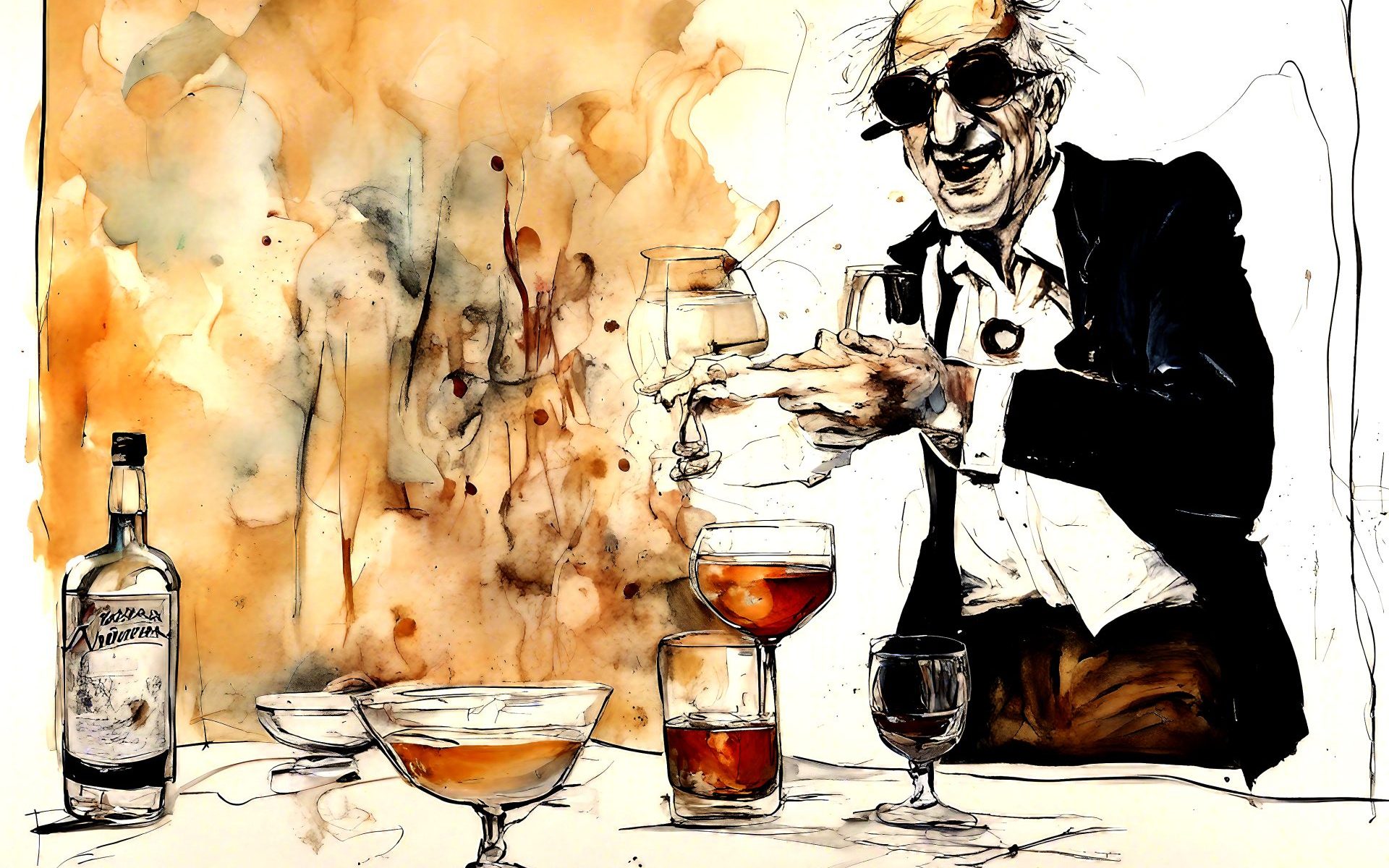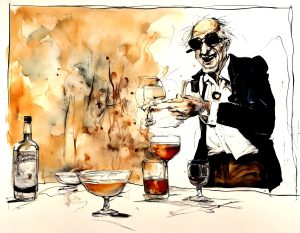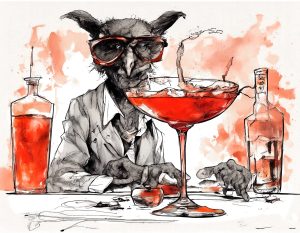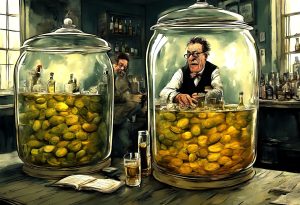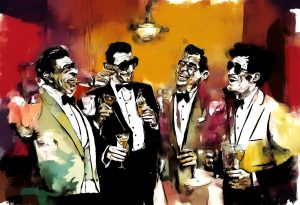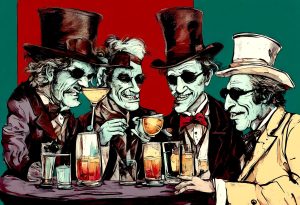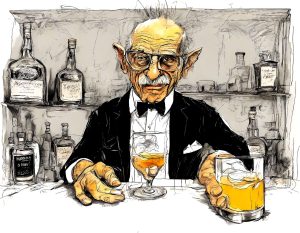Amaretto Sour was devised in the 1970s as a promotion for almond liquor Disaronno, known then as Amaretto di Saronno. Originally it was just two parts amaretto to one part lemon juice. Nowadays it usually includes egg white and bourbon, and all the better for it.
Manhattan
Coming from the similar period and region, Manhattens are considered the Old Fashioned’s sophisticated younger sibling. The sweetness comes not from sugar but sweet vermouth. Served cold, but without ice, it remains undiluted.
Mint Julep
Mint Juleps are associated with the American South in general, the Kentucky Derby in particular. More than 120,000 have been sold over the two-day period. In his classic article, ‘The Kentucky Derby is Decadent and Depraved’, Hunter Thompson noted:
“By mid-afternoon they’ll be guzzling mint juleps with both hands and vomiting on each other between races.”
Old Fashioned
The Old Fashioned cocktail first appeared in the late 19th century, when bartenders didn’t get so uptight with their drinks. It was named for its simplicity, being from a class of ‘old-fashioned cocktails.’ Long out of fashion, it had a renaissance in the late 2000s, sparked by an inexhaustible thirst for them by TV show Mad Men’s tough protagonist Don Draper.
Pickleback
Sometimes, when you are introduced to a new drink, you wonder if someone was highly inebriated when they invented it or just drunk it by accident, while pissed, and decided it was a good idea at the time. Case in point is the Pickleback, not even a cocktail in the true sense, just two shots, one of whiskey, originally bourbon, now often Jameson’s, followed by a shot of pickle juice.
Rusty Nail
First appearing in 1937, the Rusty Nail only came to the fore in the 1960s when it was said to be the Rat Pack’s favourite tipple and Frank Sinatra’s go-to when he frequented P.J. Clarke’s, NYC. Donald Sutherland endorsed it but, naturally for him, with Canadian rye, not Scotch.
Sazerac
Sazerac has its roots in 1850s New Orleans, home to Peychaud’s bitters. The original base was Sazerac de Forge et Fils, a cognac. However in the 1870s, when phylloxera struck French vineyards and it was in short supply, this was switched to local rye whiskey and it stuck although some bartenders have now reverted to cognac.
Swedish Glögg
God Jul!
Whiskey Sour
Yet another sour, this time with bourbon, but a most popular one. With the egg white, it can be called a Boston Sour. With a splash of red wine floated on top, over the back of a spoon, it becomes a New York Sour. Sounds quite disgusting.
